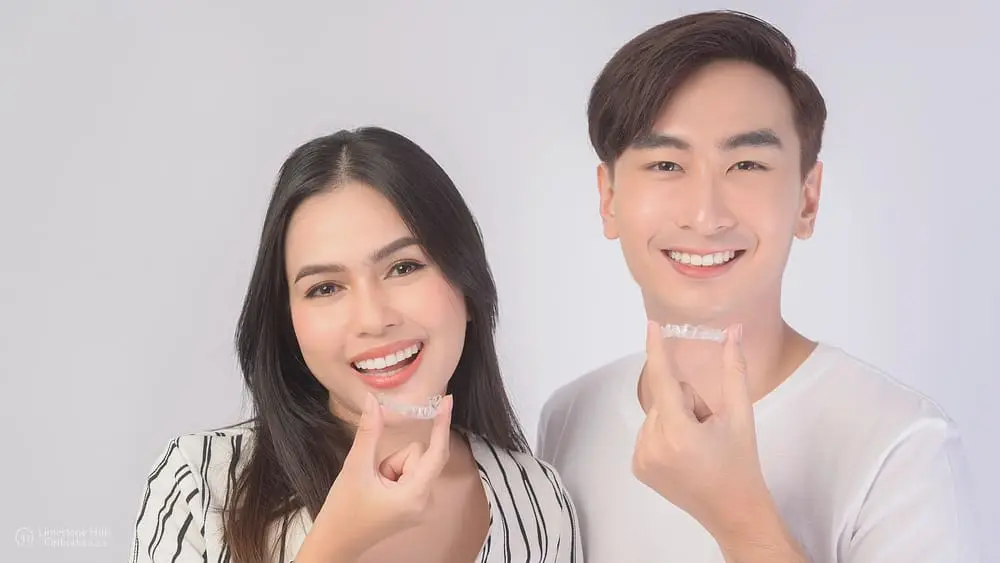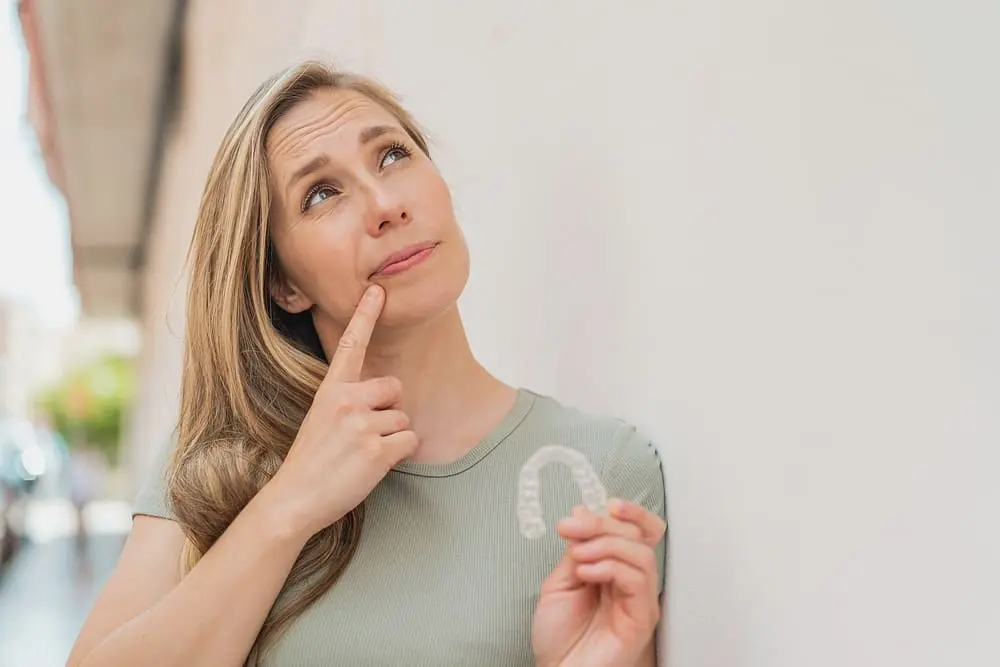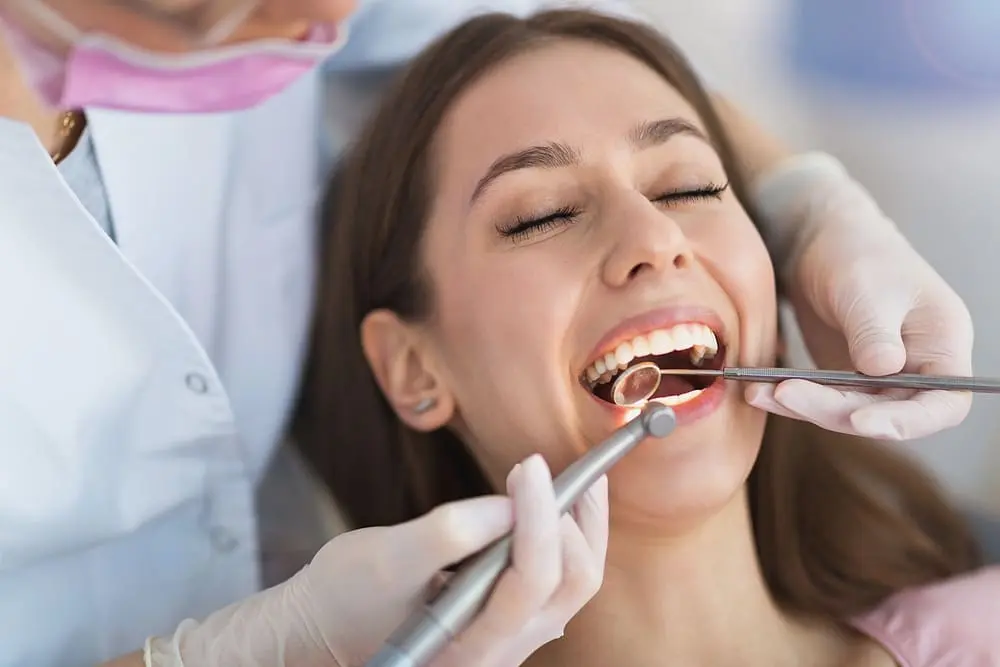To avoid Invisalign irritation, start by keeping your aligners clean—rinse them with lukewarm water and gently brush them to prevent bacteria buildup. Always brush your teeth before reinserting them after meals to avoid trapped food causing discomfort. If you notice any rough edges, apply orthodontic wax to reduce irritation on your gums or cheeks. Staying hydrated by drinking plenty of water can also help keep your mouth comfortable throughout your treatment.

Understanding Invisalign Irritation
While Invisalign aligners are smooth and less invasive than metal brackets, they can still cause discomfort. Understanding the sources of irritation can help address the problem effectively.
What Causes Invisalign Irritation?
- Aligner Edges: The edges of aligners may rub against the gums, tongue, or inner cheeks. This can lead to soreness or minor cuts.
- Pressure on Teeth: Invisalign works by applying consistent pressure to shift teeth. This pressure can sometimes lead to discomfort or minor pain.
- Gum Irritation: Poor oral hygiene or misfitting aligners can irritate gum tissue, causing redness or swelling.
Impact of Irritation
- Irritation can make it hard to wear aligners consistently, which is key to achieving the best results.
- Discomfort may lead to frustration, especially during the adjustment phase or when switching to a new set of aligners.
By addressing these issues early, you can ensure a more comfortable treatment experience.
Preventive Measures to Avoid Invisalign Irritation
Taking some simple steps can significantly reduce irritation during Invisalign treatment.
1. Proper Aligner Wear
- Ensure your aligners fit correctly each time you wear them.
- Gently push the aligners into place rather than biting them down, as this can damage them.
- If the fit feels off, visit your orthodontist to avoid unnecessary discomfort.
2. Use Orthodontic Wax
- Apply dental wax to any sharp or rough edges on the aligners.
- This creates a smooth barrier, protecting your gums and cheeks from rubbing.
- Keep a small container of wax with you for on-the-go relief.
3. Regular Check-Ups
- Attend all scheduled visits with your orthodontist.
- Your orthodontist can adjust or trim rough edges and ensure your aligners are tracking properly.
- Regular check-ups allow you to address issues before they become bigger problems.
4. Maintain Good Oral Hygiene
- Brush and floss your teeth after every meal to remove food particles.
- Clean aligners daily with a gentle cleanser or clear soap.
- Good hygiene prevents gum irritation caused by plaque buildup or trapped food.
Managing Discomfort and Pain
If irritation occurs, these tips can help minimize discomfort and keep you feeling good during treatment.
1. Use a Cold Compress
- Apply a cold compress to swollen or sore areas on the face.
- The cold helps reduce swelling and numbs the area, providing temporary relief.
- Place the compress on your cheeks for about 10 minutes at a time.
2. Try Over-the-Counter Pain Relief
- Use mild pain relievers, like ibuprofen or acetaminophen, to ease discomfort.
- Follow the recommended dosage to avoid overuse.
- Pain relief can be especially helpful when transitioning to a new set of aligners.
3. Remove Aligners Carefully
- Removing aligners the wrong way can irritate your gums or scratch the inside of your mouth.
- Use your fingertips to gently pull the aligners downward and outward, rather than forcing them off. This helps prevent unnecessary irritation.
Transitioning to New Aligners
Switching to a new set of aligners often brings some discomfort. The new trays apply fresh pressure to the teeth, which can create irritation.
Tips for a Smooth Transition:
- Switch at Night: Start wearing new aligners before bedtime, so your teeth have time to adjust while you sleep.
- Chew on Aligner Seaters: These small tools help push your aligners into place while reducing pressure points.
- Ease Into It: Wear your new aligners for shorter periods at first, gradually increasing wear time as your teeth adjust.
These strategies can make the adjustment process easier and reduce irritation when changing aligners.
When to Contact Your Orthodontist
While minor irritation is normal, certain signs may require professional attention.
Signs to Watch For:
- Persistent Pain: If discomfort lasts for more than a few days, it’s best to consult your orthodontist.
- Severe Gum Swelling: Significant redness or swelling around the gums may indicate an underlying issue.
- Ill-Fitting Aligners: If your aligners feel too loose or tight, they may need adjustment.
Don’t hesitate to reach out to your orthodontist for advice or solutions. Properly fitting aligners are essential for both comfort and effective treatment.

Your Trusted Orthodontist in Austin, TX
Looking for expert orthodontic care in Austin, TX? Here’s why families choose us:
Skilled Orthodontic Team
Our experienced specialists help kids and teens with jaw alignment issues using proven treatments like reverse pull headgear.
Personalized Smiles
We understand that every patient is unique, so we design customized treatment plans tailored to their needs.
Guidance Every Step of the Way
From the first consultation to the final results, our caring team is here to answer questions and make adjustments when needed.
A Range of Treatment Options
We offer choices like Invisalign, braces, and reverse pull headgear to find the best solution for your child.
Start Your Smile Journey With Us!
Ready for a confident, beautiful smile? Stop by our Austin, TX office for a free consultation! We’ll assess your teeth, explore treatment options, and design a plan that fits your needs. Scheduling is quick—just call us or visit our website to book your appointment. We’re here to make your orthodontic journey smooth and stress-free!
About the Authors
Dr. Rodrigo Viecilli – Orthodontist in Austin, TX
Frequently Asked Questions
How do I stop my Invisalign from rubbing?
First, consider using dental wax, which you can apply to the areas that are causing irritation. It’s a quick fix and can provide immediate relief. Also, make sure to check if your aligners have any sharp edges. If you find any, gently smooth them out with a nail file. It’s also a good idea to ensure your aligners are properly seated by using chewies—those little rubbery things that help your aligners fit snugly. And, of course, if the discomfort persists, don’t hesitate to reach out to your orthodontist for advice.
When does Invisalign lisp go away?
If you’re experiencing a bit of a lisp with your new Invisalign aligners, don’t worry—it’s totally normal and usually temporary. Most people find that their speech adjusts within a couple of weeks as their tongue gets used to the aligners. Just keep practicing speaking out loud, and soon enough, your lisp should fade away.
What do I do if my Invisalign is cutting my lip?
First things first, try using a clean nail file or emery board to gently smooth out any sharp edges on your aligners. Just be careful not to overdo it! You can also apply a bit of orthodontic wax, which you can find at most drugstores, to the areas causing irritation. This creates a nice little barrier between your aligner and your lip. If the problem persists, don’t hesitate to reach out to your orthodontist—they’re there to help and might be able to adjust your aligners for a better fit.


